
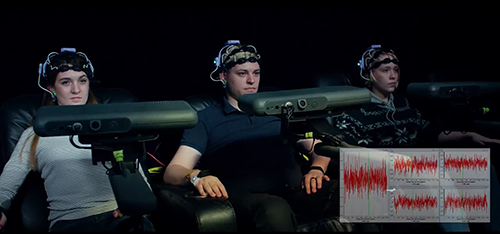
Neurolaboratory is a hardware-software complex designed to detect the neurophysiological responses of respondents during research on various types of content (stimulus) perception.
This is a fast-deploying integrated solution for everyone who is interested in objective information about the characteristics of consumer perception and choice.
The subjects of testing can be: sounds, words, images, video sequences, texts, aromas, sensations in the process of testing and consumption, performing certain actions (for example, performing operator functions, etc.).
The developed software organizes the synchronous operation of the equipment, and allows you to process the measurement results and convert their metrics.
Neurobarometer was developed by Neurotrend JSC as part of the implementation of the Neurobarometer R&D in 2017 - 2020 period.
More than 10 years of experience in the field of neuromarketing research, the fundamental scientific competencies of the project team in the field of neurophysiology, economics, sociology, psychology, mathematics and programming have made it possible to create a HSC that meets the advanced requirements of the research industry.

Our neurolabs are in demand in various sectors of the economy, because of the following key properties:
Each neuro laboratory is configured according to the needs of the user and the resources available at the time of the decision of creating the laboratory on user’s premises: for commercial market or scientific research purposes, as well as based on the research topic and the requirements for the number of one-time measurements (number of respondents). Thus, the number, composition and combination of main and peripheral equipment in different neurolaboratories may differ.
At the stage of forming the architecture of the future neuro laboratory, Neurotrend team will take into account all the needs that are significant for the partner and will reflect in the technical description of the composition of the equipment and software.

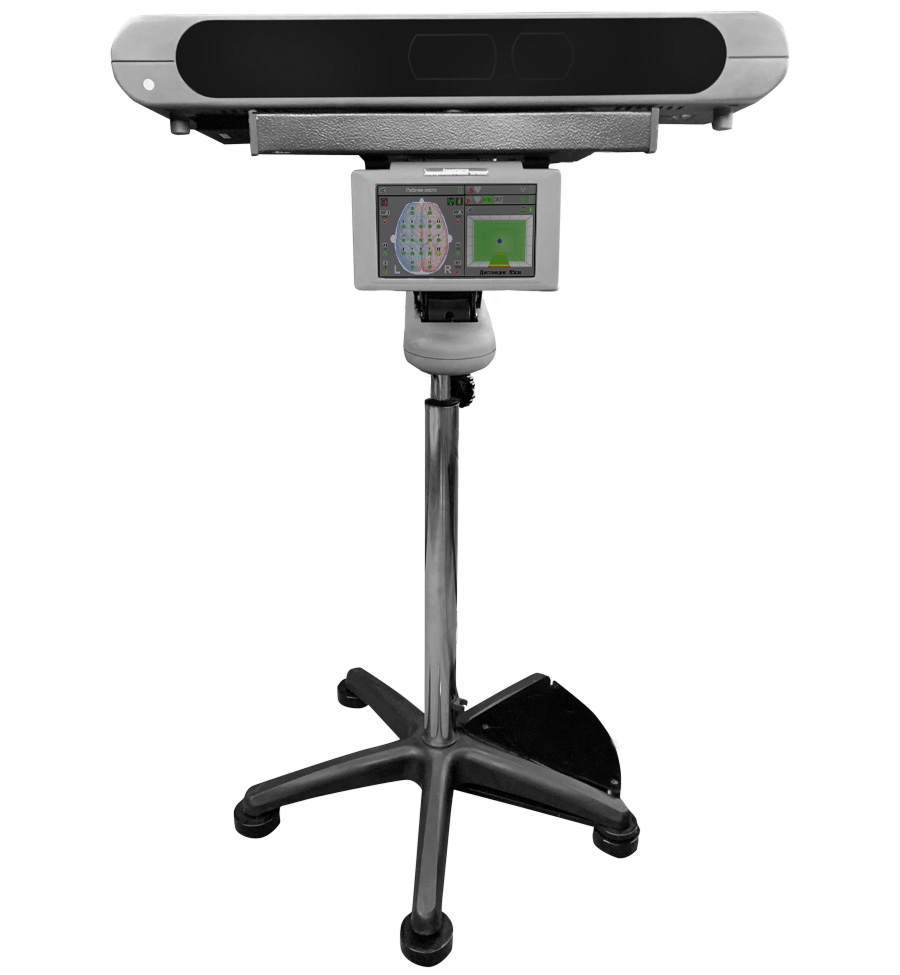
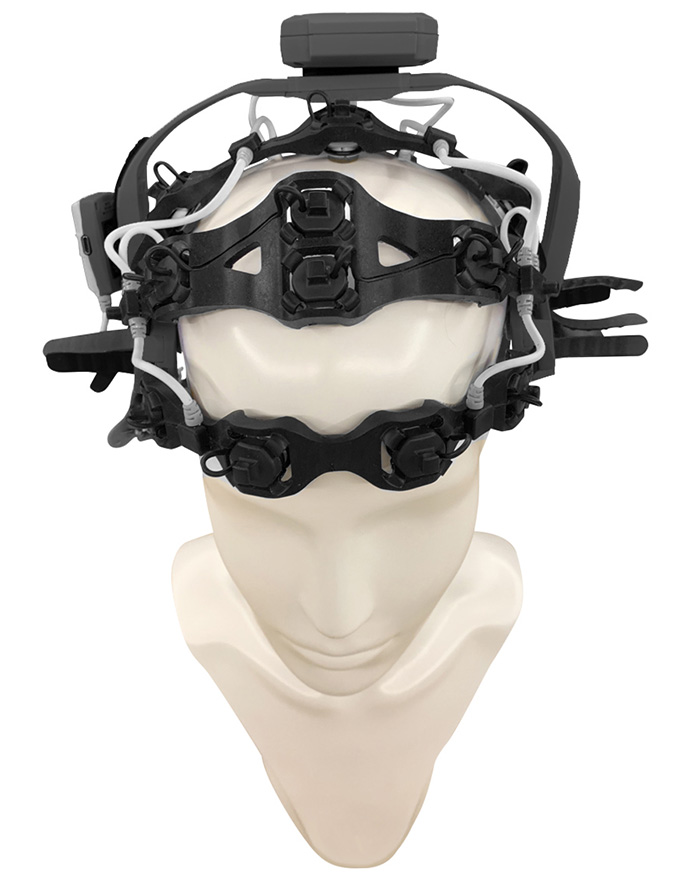
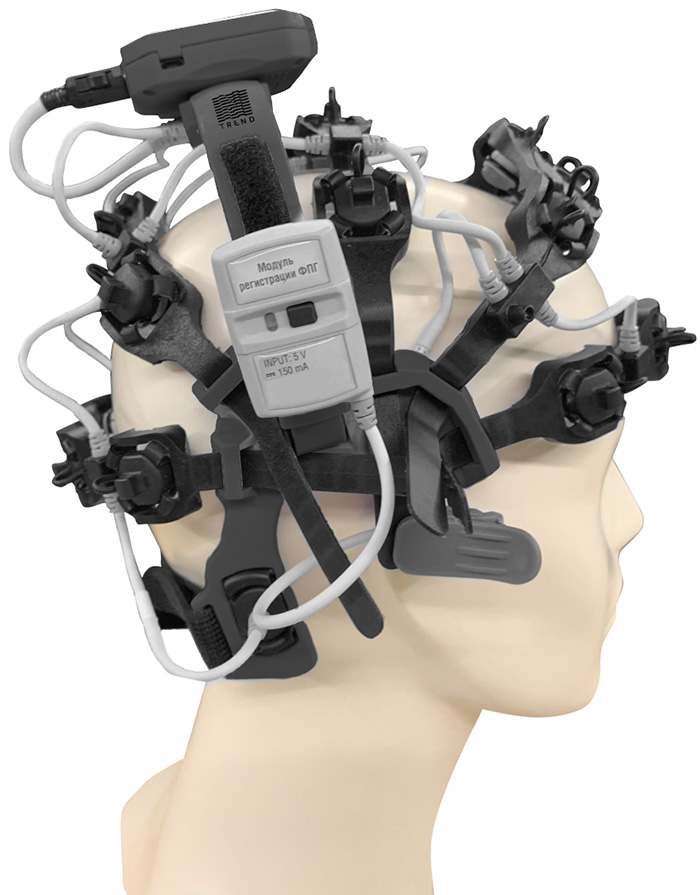
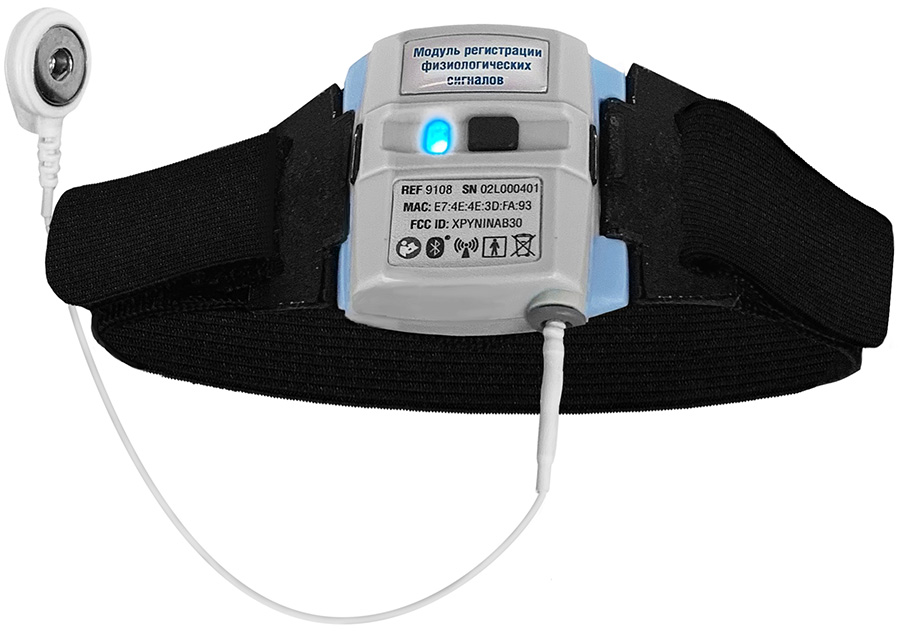
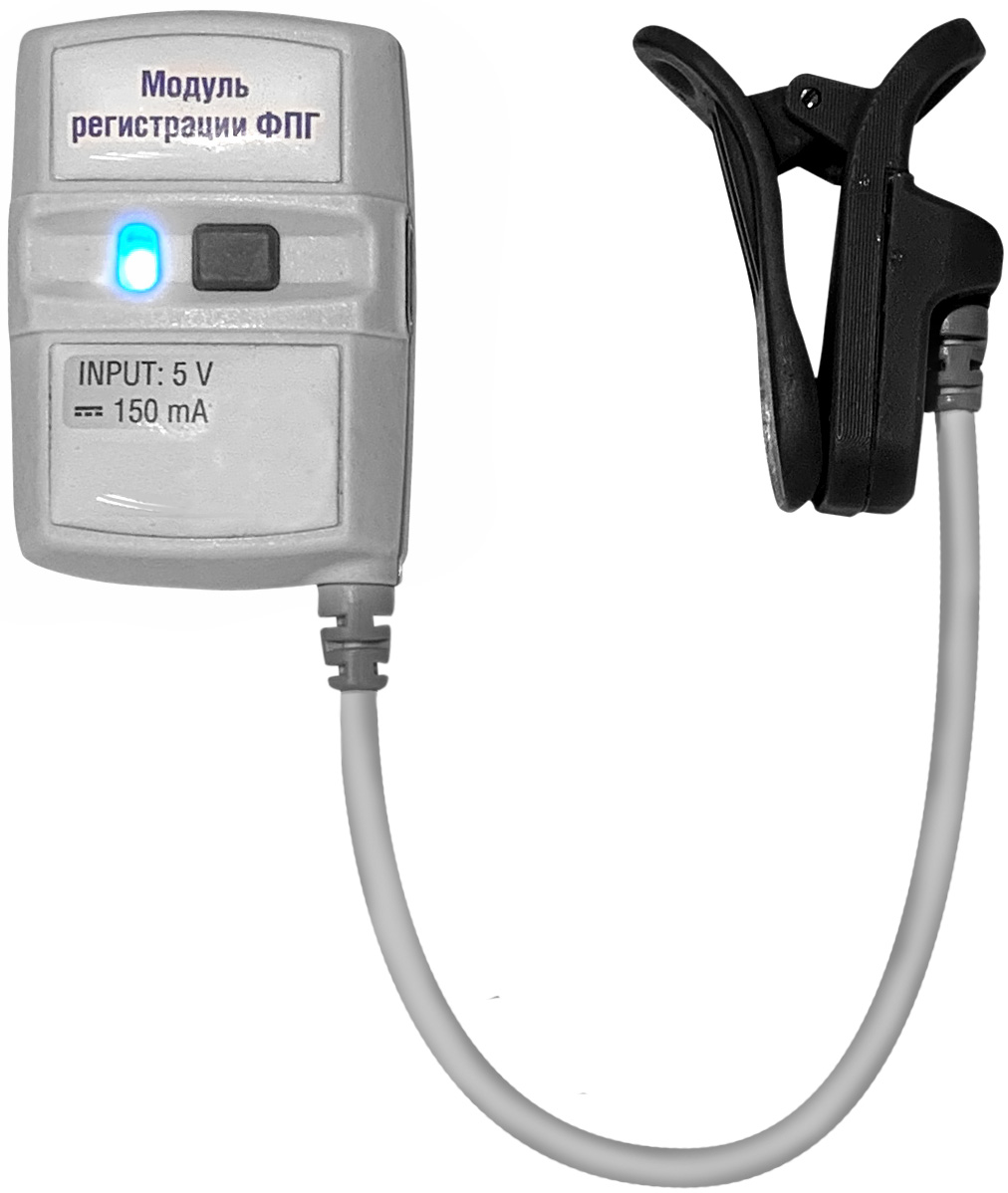
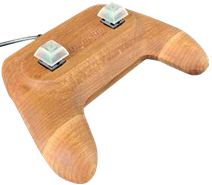
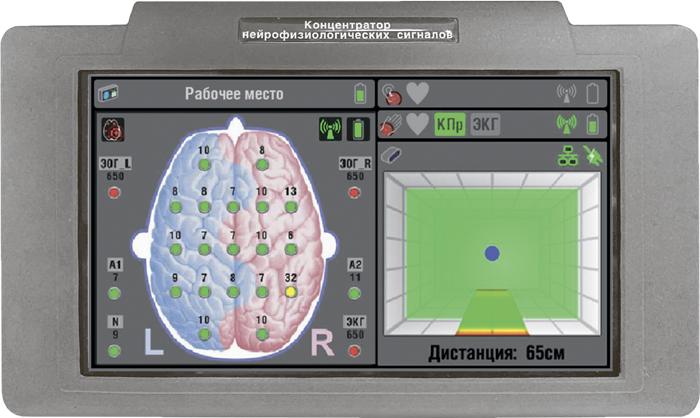
Thanks to a specially designed concentrator of neurophysiological signals (CNS), data collection from wireless modules, as well as their synchronization and transmission to the data server is provided via an Ethernet network.
The screen of the concentrator contains information about the electrode resistance for all channels, the presence of eyes in the area of the eye-tracker, information about the presence of photoplethysmogram data and galvanic skin response, the level of battery charge of all devices.
The measurement results are uploaded to the cloud-based data processing system, where they are processed and report is generated.
Servers: for Russian users of the system, all processing facilities and servers are located on the territory of the Russian Federation.
To assess the results of neurotesting, specially developed metrics are used. Metrics - are the indicators that assess the effectiveness of marketing communications (interest, attention, emotions, memory retention, cognitive load etc). It is the result of interpreting neurophysiological signals through numerous measurements.
At the stage of creating a neurolaboratory, experts from Neurotrend provide specialised training on how to interpret and use the metrics analysis.
Today, Neurotrend has developed and validated more than 25 metrics for various types of content that can be applied to different psychological reactions of respondents.
For trailers: reading factors, interest, attention, zones of interest, emotional valency, involvement, signs of emotions in the moment in time, memory retention, types of emotions in the moment in time, strength of associative connections
For text: reading factor, viewing sequence, difficulty, memory retention, cognitive load, text complexity
For mobile app: cognitive load, strength of associative connections, navigation effectiveness, time spend of the page (of the app)
Static objects in the laboratory: reading factor, viewing sequence, zones of interest, memory retention, attractiveness (EEG), strength of associative connections, reaction time, motivation to purchase
For audio content: involvement, memory retention, attention to audio stream
CEO: Galkina N.V.
Address: Russia, Moscow, Zvenigorodskaya street, 12
Email: labs@neurotrend.ru
Phone: +7 (495) 661-03-55
Address: Russia, Moscow, microdistrict Leninskiye Gory, 1 building 46
Contact person: Eleonora Surina
E-mail: labs@neurotrend.ru
Address: Russia, Moscow, Prospect Vernadsky, 76k3
Contact person: Klepikov Oleg
E-mail: neuro@inno.mgimo.ru
Tel: +7 (495) 234-58-26
Address: Russia, Moscow, 2nd Frunzenskaya street 2/36
Contact person: Olga Yesenina
E-mail: eseninaoe@mgppu.ru
Tel: +7 (916) 127-02-66
Address: Russia, Yekaterinburg, st. Radishcheva, 33 entrance 1a, 2nd floor
CEO: Buchelnikova M.V.
E-mail: ural@neurotrend.ru
Tel: +7 (912) 222-37-95
Address: Russia, Samara, Gagarina street, 18
Contact person: Artem Kolsanov
E-mail: marketing@smartslab.ru
Tel: +7 (937) 794-99-43
Address: Russia, Kazan, Kremlevskaya street, 18
Contact person: Kalenskaya Natalia
E-mail: public.mail@kpfu.ru
Tel: +7 (843) 233-71-09
Address: Russia, Tomsk, Lenin Ave, 36
Contact person: Tolstova Maria
E-mail: tolstova_11@mail.ru
Tel: +7 (952) 151-55-42
To receive a consultation regarding the neurolaboratory or separate modules of equipment, please choose any of the following options:


